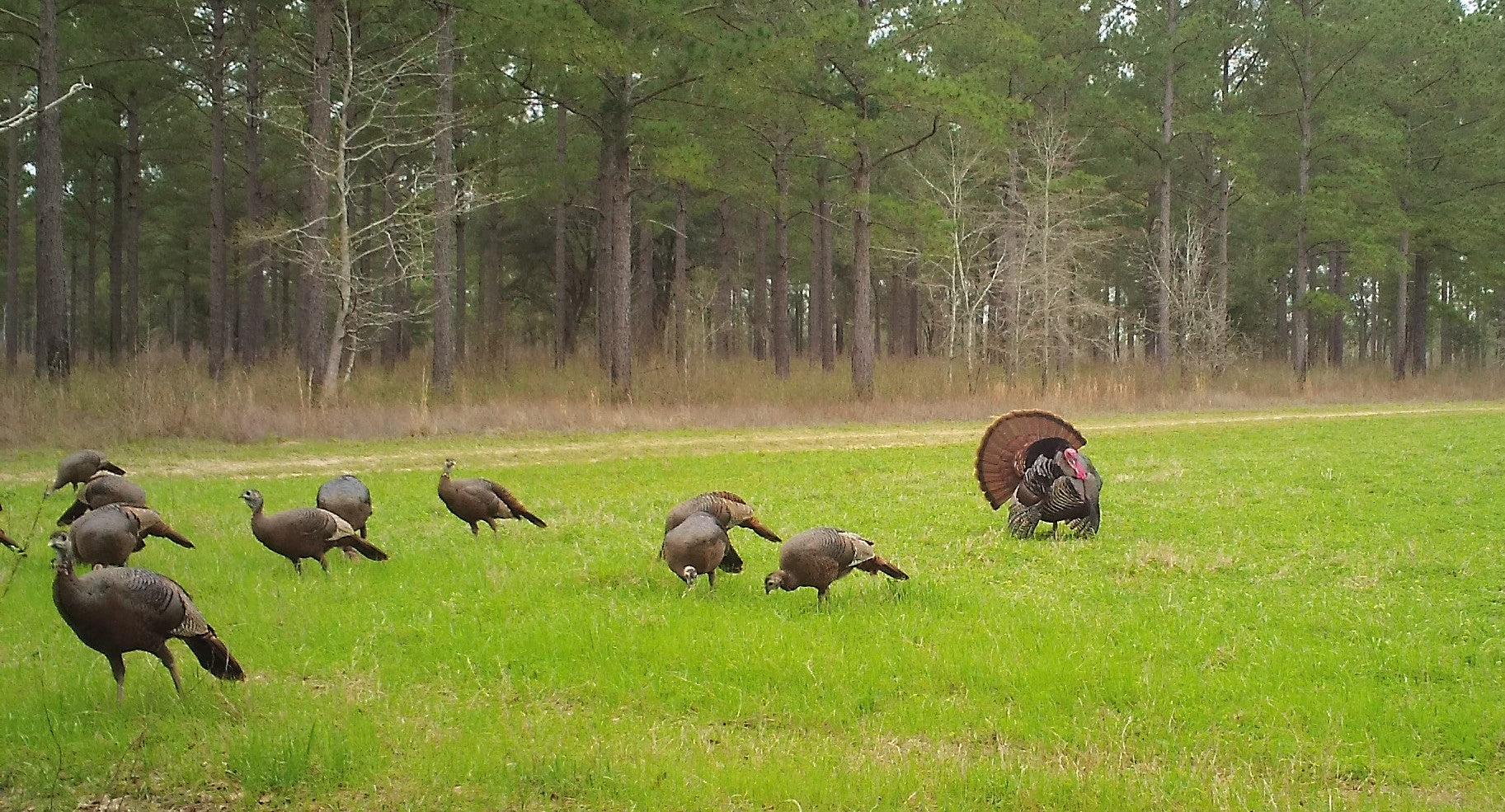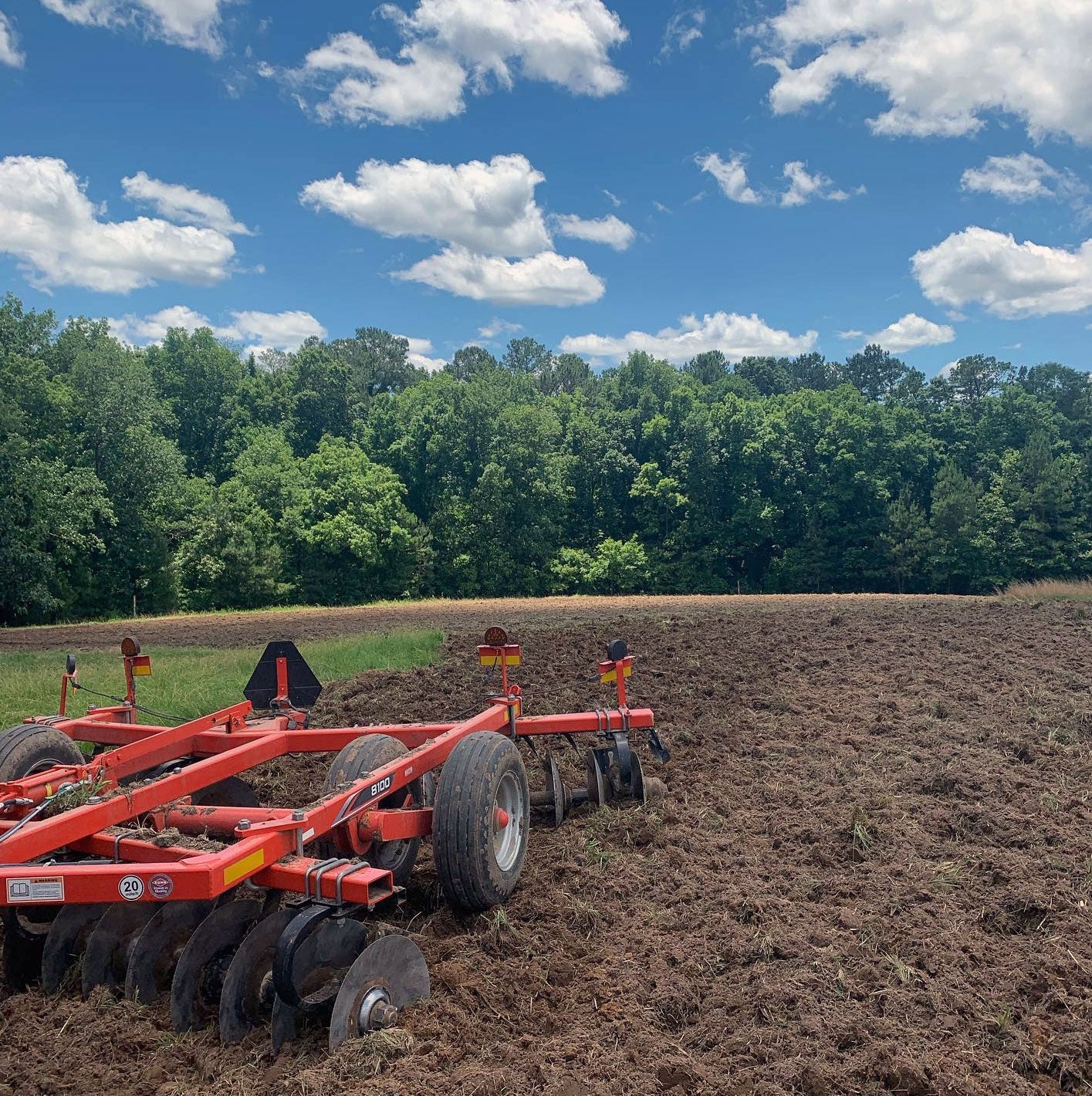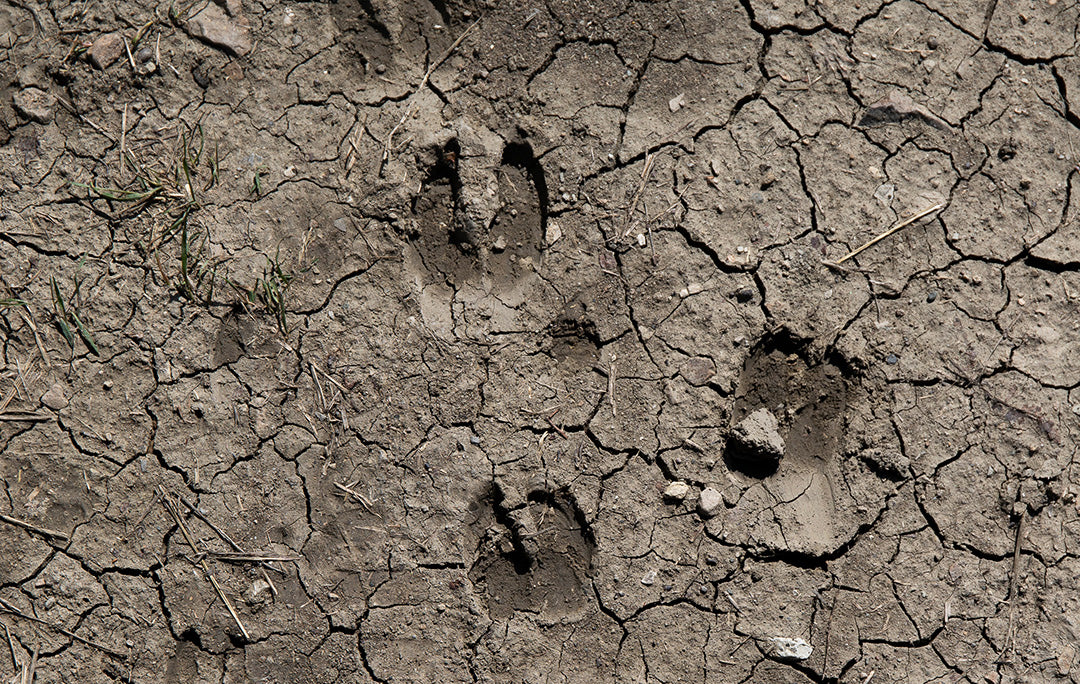THE SACRED DOE
Deer season had just ended when we pulled into my parent’s driveway. My father and I were successful in killing two does. Our neighbors, Dan and Neal, were over within minutes to see our harvest. When Dan saw the two dead does in the back of our truck his eyes opened wide. He said that "real" hunters don't kill does - only bucks. Dan felt that if does were killed there soon would be no deer left to hunt.
Unfortunately, far too many people feel this way. Back in the 1940's and 50's white-tailed deer had been extirpated from many areas. In those days it was very important not to shoot does. Biologists and wardens did such a good job of convincing hunters this that even today many still believe does are sacred.
Things have changed. Today deer are everywhere and their numbers continue to grow. Instead of having too few deer, in many places we now have too many. So why are hunters not harvesting more does? Many hunters falsely believe that fawns, orphaned when their mothers are killed, also die. Other hunters don't realize that by shooting does they will likely increase the number of bucks on their land.
Recent research at The University of Georgia, by Dr. Stefan Holzenbein and Dr. Larry Marchinton, sheds light on these misconceptions. These scientists placed radio collars on 34-buck fawns and tracked their movements and death rates for two years. The mothers for 15 of the fawns were also caught and released 20 miles away. This was done to orphan 15 of the 34 bucks fawns (to simulate harvesting of does). The remaining 19-buck fawns were left with their mothers.
The scientists discovered that only 9% of the orphaned bucks moved to new areas. However, over 85% of bucks left with their mothers moved to new areas. Most of this movement happened during the fawning season and the rut. The scientists concluded that the mothers themselves forced these bucks to disperse to reduce inbreeding.
The scientists also found that orphaned bucks lived longer. Only 55% of orphaned bucks died during the study while over 90% of bucks left with their mothers died. Starvation and predators caused most deaths.
The scientists felt that orphaned bucks lived longer because they were able to stay home. Non-orphaned bucks were forced into unfamiliar areas (usually 2-6 miles away) where more deaths took place. These bucks did not know the escape routes and best places to find food so more died.
The research by Dr. Holzenbein and Dr. Marchinton sheds new light on the harvesting of does. It appears that hunters need not worry about orphaned fawns (4-6 months old or older) dying because their mothers are killed. In fact, the opposite seems to happen. By killing does more buck fawns may stay in your hunting area. These bucks also stand a better chance of living.
There are many additional reasons for harvesting does. In areas where buck to doe ratios are skewed, a heavy doe harvest is the quickest way to balance these ratios. Once the sex ratios are balanced, hunters will notice a big difference in the rut. Now, bucks have more competition for the fewer remaining does. It is likely that their movements and activities will increase, increasing your chances of seeing and killing one of these bucks.
In areas where the deer population is at or near the carrying capacity of the habitat, a heavy doe harvest is also the quickest way to reduce the deer herd. By removing excess does you will improve the nutrition for the remaining deer. This will increase productivity in does, improve antler growth in bucks, and improve survival in all deer.
Recent research by Dr. David Guynn at Clemson University has shown that an increased doe harvest also shortens the rut. How does this happen? The majority of does in most areas come into heat at about the same time. In areas where buck to doe ratios are skewed, there are too many does for bucks to successfully breed the first time does come into heat. This means that many does are not bred until their second or third heat cycle (does recycle into heat once every 28 days). The result is that does are bred over a 2-3 month period.
If the doe segment of the population is reduced there will be fewer does for the same number of bucks to breed, increasing the percentage of does successfully bred during their first heat cycle. Once sex ratios are balanced nearly all adult does will be bred during their first heat cycle, shortening the breeding season by a month or more.
Dr. Guynn discovered a second benefit of an increased doe harvest. He found that the rut was actually shifted several days earlier as well. He feels that this occurred because bucks were more active in leaving signposts (rubs and scrapes) in the area. All of this new buck scent actually primed the does to cycle into heat sooner!
Yet another benefit to an increased doe harvest is an improvement in the quality of yearling bucks. This happens because more does are successfully bred earlier in the rut. These does therefore give birth to their fawns the following summer at an earlier date. The buck fawns are then able to develop their bodies sooner than usual, resulting in larger antlers.
Another benefit that may be the most important of all is the extra venison that results from an increased doe harvest. Many hunters claim that they are "meat hunters" to justify the harvest of a yearling buck. In light of all of the benefits of harvesting does instead, why not kill a doe for freezer instead of a yearling buck?
You will likely improve your chances of harvesting bucks in the future by shooting a doe. The next time someone frowns on you for killing a doe - set the story straight.
Posted by Dr. Mickey W. Hellickson











Leave a comment